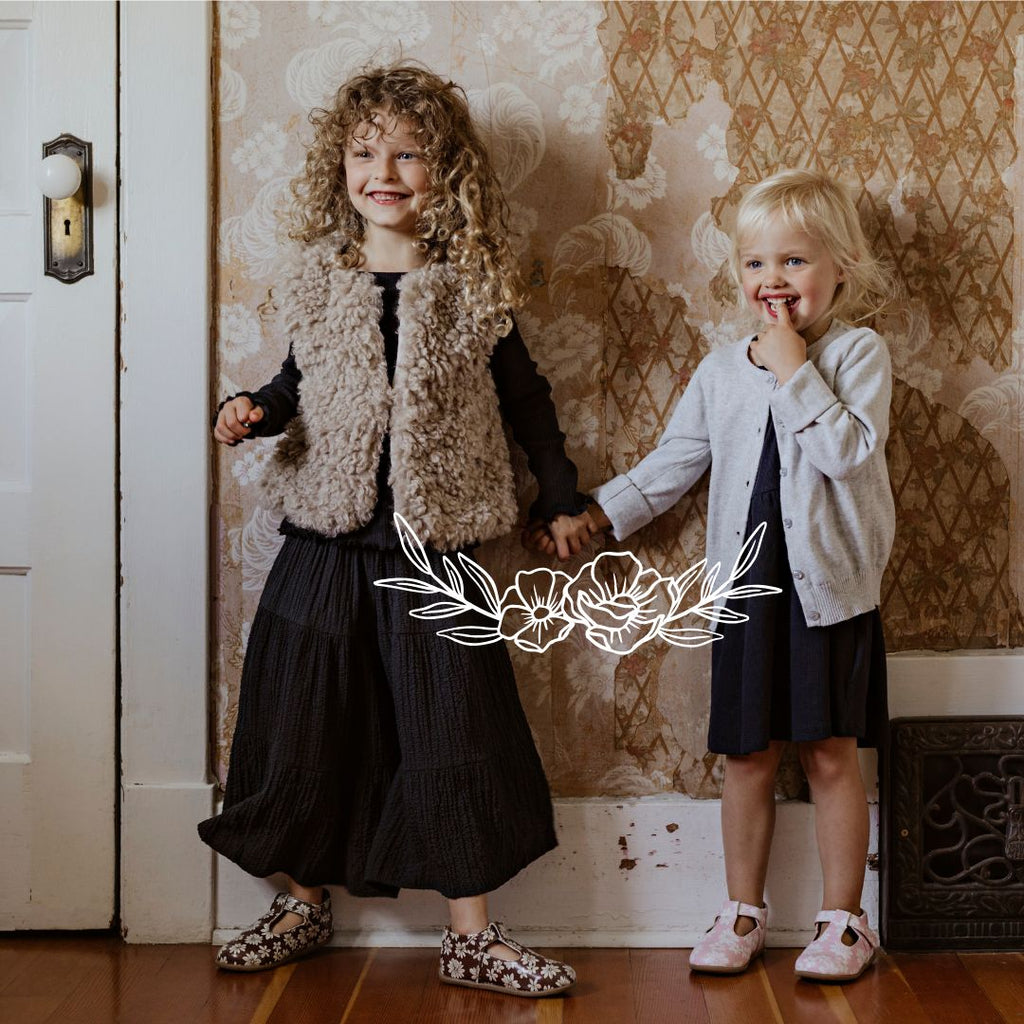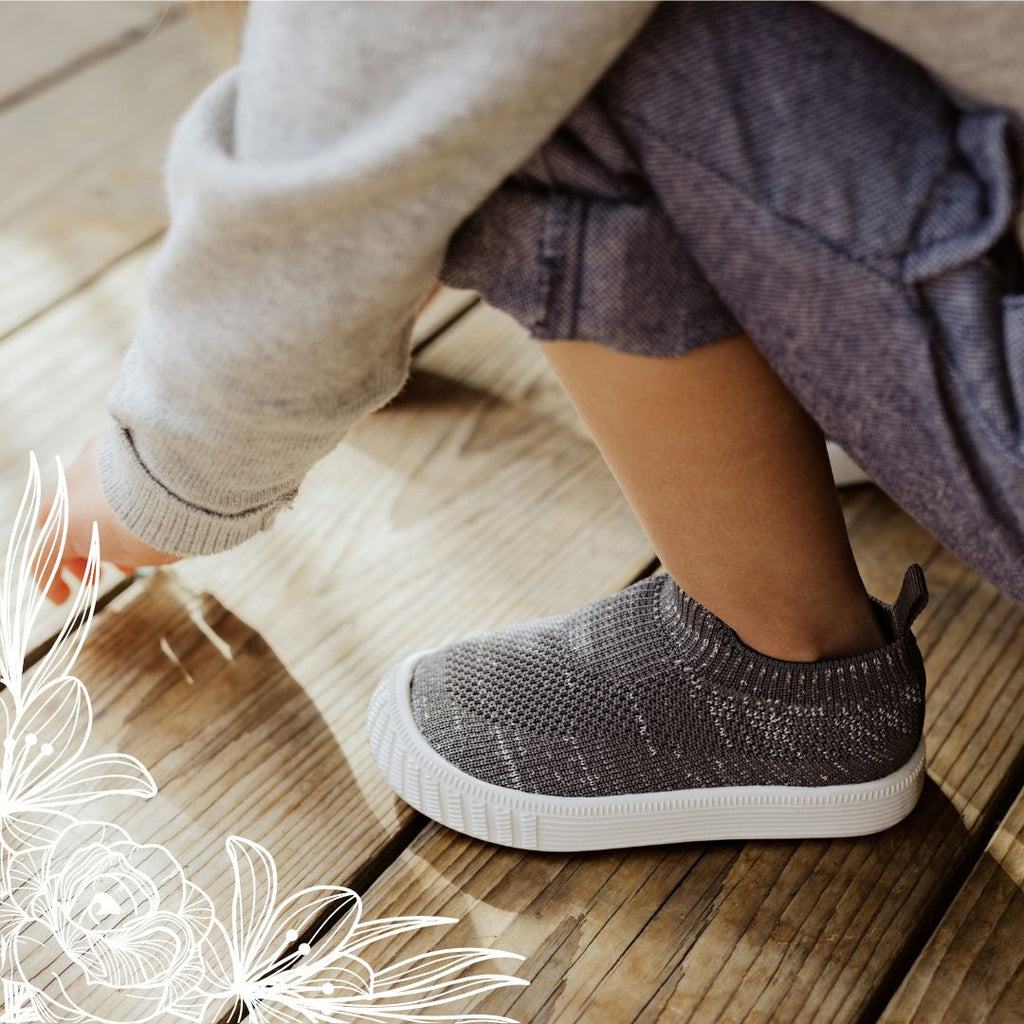From their first wobbly steps to energetic playdates, little girls need shoes that combine comfort, style, and durability. Finding the perfect pair for girls up to age 6 can be an adventure in itself. Let’s explore how to make the best choices for their growing feet.
Why Choosing the Right Shoes Matters
Young children’s feet grow rapidly and are still developing. Proper footwear supports healthy growth, encourages good posture, and prevents discomfort or potential issues later in life. With the right shoes, every step they take is a step in the right direction.
Features to Look For
-
Comfortable Fit: Ensure the shoes have enough space for little toes to wiggle but aren’t so loose that they slip off.
-
Soft and Breathable Materials: Lightweight fabrics like mesh or leather help keep feet cool and prevent irritation.
-
Flexible Soles: Flexible soles mimic natural movement, allowing growing feet to strengthen and develop properly.
-
Secure Closures: Velcro straps, elastic laces, or adjustable buckles make it easy for young children to put on their shoes and ensure a snug fit.
-
Non-Slip Soles: Safety is key, so opt for shoes with good traction to prevent slips and falls during play.
Types of Shoes for Girls
Playtime Sneakers: Sneakers are perfect for everyday adventures. Look for bright colors and fun patterns that your little girl will love.
Dress Shoes: Special occasions call for stylish yet practical options. Soft ballet flats or Mary Janes with cushioned soles are great picks.
Finding the Perfect Fit
-
Measure Often: Girls’ feet grow quickly, so measure their feet every 2-3 months to ensure the right size.
-
Check Toe Space: Leave about a thumb’s width of space between the tip of the shoe and your child’s longest toe.
-
Try Them On: Have your child walk around in the shoes to ensure they’re comfortable and don’t rub or slip.
Fun Ways to Involve Your Little Girl
Turn shoe shopping into a bonding experience by letting her choose from a preselected range of options. Whether it’s a pair with glitter, bows, or her favorite colors, letting her have a say makes wearing them even more fun.
Caring for Girls’ Shoes
-
Clean Regularly: Wipe shoes down after messy outings to keep them looking their best.
-
Rotate Pairs: Alternate between pairs to extend their lifespan and allow them to air out.
-
Inspect Often: Keep an eye out for signs of wear and tear, like thinning soles or loose straps, and replace as needed.
Supporting Her Steps
The right pair of shoes can make every step more comfortable, safe, and stylish. Whether it’s a day at the park, a family outing, or a special occasion, choosing the perfect shoes ensures your little girl is ready to take on the world with confidence and joy.


